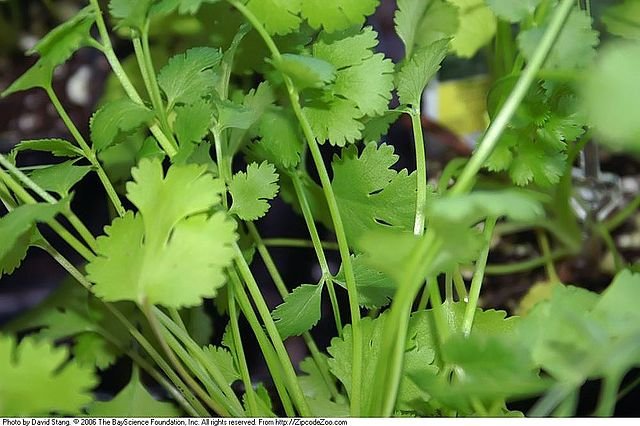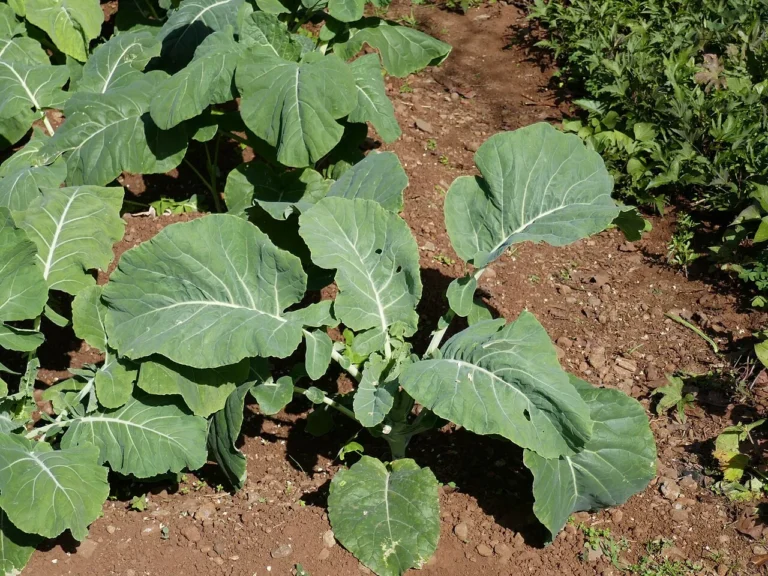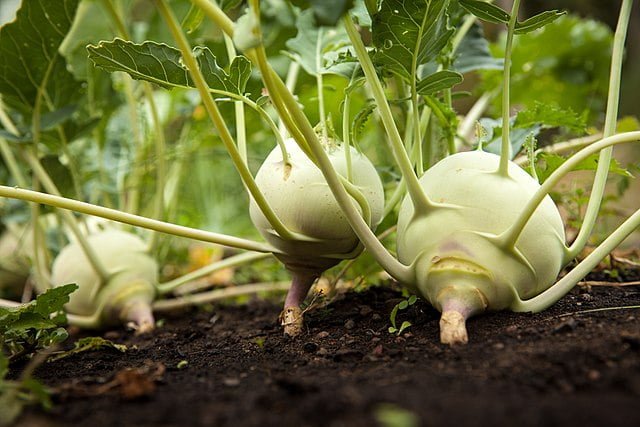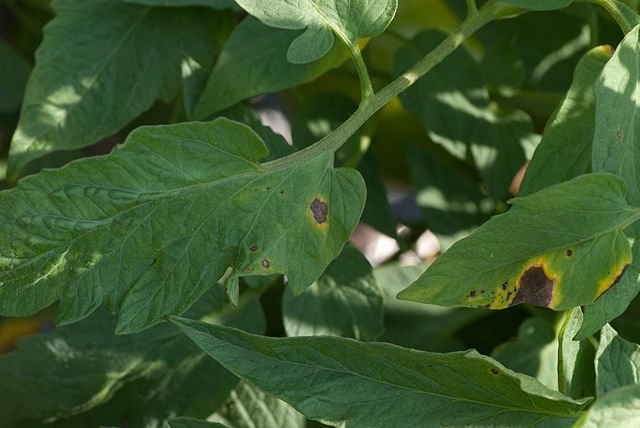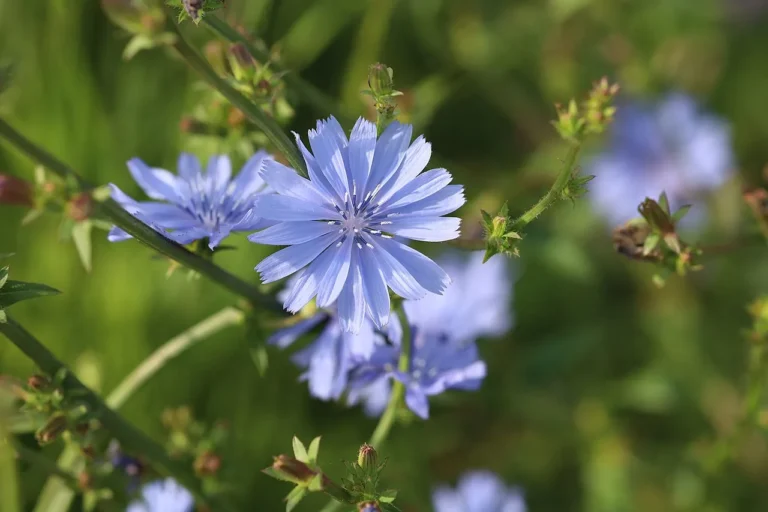Aromatic Greens: A Guide to Growing Cilantro
Cilantro, also known as coriander, is a versatile herb that’s valued in many cuisines around the world. Its fresh, citrusy leaves add a burst of flavour to dishes, while its seeds (coriander) are used as a spice. With its short growing cycle, you can enjoy several harvests of cilantro in a single growing season. This article will guide you through the steps to successfully grow and enjoy this aromatic herb.
Understanding Cilantro
Cilantro is a cool-season annual that’s relatively easy to grow from seed. The plant has two culinary parts: the leaf (cilantro) and the seed (coriander). Both have distinct flavours and are used in different types of dishes.
When and Where to Plant Cilantro
Cilantro prefers cool temperatures and can be planted in the spring or fall. In hotter climates, it does well in partial shade, while in cooler climates, it enjoys full sun. You can sow cilantro seeds directly in the ground, in raised beds, or in containers.
Sowing Cilantro Seeds
Plant cilantro seeds 1/4 to 1/2 inch deep, spaced about 6 to 8 inches apart. Because cilantro does not transplant well, it’s best to sow the seeds directly where you want the plants to grow. Water thoroughly after planting.
Caring for Cilantro Plants
- Watering: Cilantro likes even moisture. Water the plants regularly, but avoid overwatering.
- Feeding: Cilantro isn’t a heavy feeder, but a little compost or organic fertilizer can help promote healthy growth.
- Mulching: Mulch helps to keep the soil cool and moist, which cilantro prefers.
Harvesting Cilantro
You can start harvesting cilantro leaves once the plants are about 6 inches tall. Cut the outer leaves first, and avoid harvesting more than one-third of the plant at a time to ensure it continues to produce new growth.
If you want to harvest coriander seeds, allow some of your cilantro plants to flower and go to seed. The seeds can be harvested once they turn brown.
Managing Pests and Diseases
Common pests of cilantro include aphids and whiteflies, while diseases can include leaf spot and powdery mildew. Good air circulation, proper watering, and crop rotation can help keep your plants healthy.
Succession Planting for Continuous Harvest
Because cilantro bolts quickly (flowers and goes to seed), it’s a good idea to plant new seeds every 2 to 3 weeks for a continuous supply of fresh cilantro throughout the season.
Growing cilantro at home is a rewarding endeavor, providing you with a fresh supply of this flavourful herb. Whether you’re adding it to salsa, using it to garnish a dish, or collecting coriander seeds for spice, cilantro is an excellent addition to any home garden. With this guide, you’re now equipped to grow and enjoy your own cilantro. Happy gardening!

